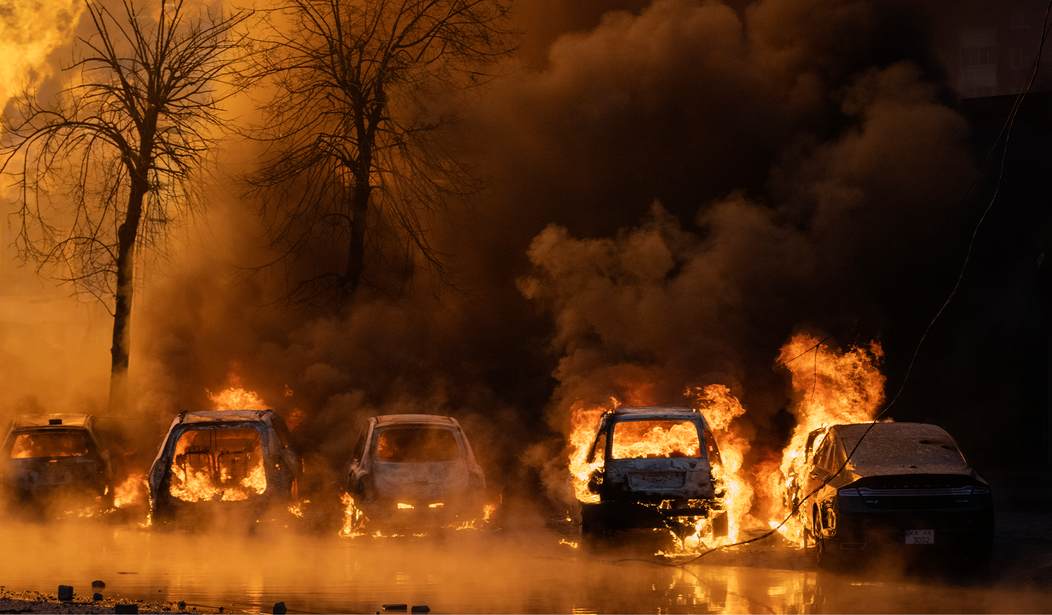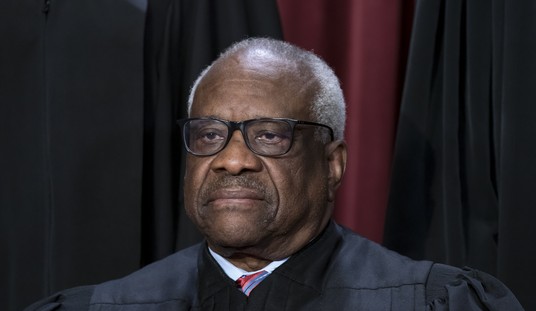In a tiny room known as a Stoyka or standing room, Ukrainian political prisoner Lyudmyla Guseinova was enduring a form of punishment unknown in the West. She was in a prison in Russian-occupied Donetsk, standing in a narrow room shaped like an old-fashioned phone booth, but smaller. The Stoyka was designed to be too narrow for a person to sit or move around.
Her experience was excruciating. An aspect of what made the punishment so difficult for her was her guards never told her how long she’d have to be there. Would it be hours? Or days? Might they leave her there until she died?
As the hours stretched on, Guseinova was dealing with ever-increasing claustrophobia. She didn’t have a book or radio, or TV, or smartphone to distract her from her claustrophobic terror.
Actually, that’s not entirely true. There was something else to think about. Pain.
In normal life, when you are walking or otherwise moving, your muscles can alternate between contraction and relaxation. However, if you’re forced to stand for long periods, your muscles are in a constant state of sustained contraction, unrelieved by the normal small moments of relaxation that come with movement. The result is unbearable muscle fatigue.
On top of this, when muscles don’t have the expected moments of relaxation, blood circulation doesn’t happen normally. Lactic acid, which normally circulating blood would remove, accumulates in the muscles. This is mildly painful at first, then it turns into a burning sensation, and from there, people who have endured it, describe the sensation as between scorching and fiery.
Recommended
Guseinova doesn’t know how many hours she was in the Stoyka, but she does know that it began shortly after the normal morning wakeup time in her prison, around 6:00 am. When she was finally returned to her cell, it was after dark, so she could have been in the Stoyka for 12 horrendous hours.
This happened in 2019 but even today, after she was freed in 2022 during a Russia-Ukraine prisoner exchange, she suffers from painful spinal compression caused by her hours in the Stoyka and walking is also painful. Memories of the Stoyka mean that today, she can’t step into an elevator without flashbacks of claustrophobic terror. She still endures insomnia and panic attacks.
What had Guselivnova done to deserve the Stoyka punishment? “A guard decided I hadn’t answered a question with sufficient respect,” Guselivnova told me in a recent Zoom interview.
The bigger question is, how did it happen that she was in prison at all?
As Guseinova tells it, her problems began in 2014, when the Russians occupied her country. They had lists of people who might be able to organize a resistance to the occupation, and they systematically shot politicians, priests, police, and any others who might be a part of organizing a resistance. Guseinova didn’t fit this. Professionally, her job as a safety engineer was non-threatening to the occupiers.
However, even from the beginning of the Occupation, she was up against constant anxiety. People she knew were disappearing, and often enough, she’d never find out what had happened to them.
There was an arbitrariness to these disappearances. Guseinova and her friends were in a constant state of anxiety over what the Occupiers might do to them.
In 2019, her fears came true. As she pieces it together, she believes she must have come to the attention of the Occupiers because she was helping orphaned children or children whose parents weren’t around and couldn’t take care of them. By the time she was helping more than 25 children, the Occupiers seem to have seen these efforts as subversive and jailed her. She was in jail for three years and 13 days.
“The conditions were inhuman,” she told me. “Sanitation was so poor, that we were only given two quarts of dirty, brown, bug-filled water a week for washing. When I was freed, I had terrible skin rashes and it took months for them to go away.”
How does Guseinova feel about the Occupiers who tortured her? “They should be punished for their crimes,” Guseinova says forcefully, but then, her voice softening, she adds, “Let them serve their time in Western-style jails where we don’t torture prisoners. We must be civilized in how we treat them, or we’d be no better than them.”
What motivates Guseinova now? “I’m devoting everything I can to advocate for the freedom of the Ukrainian political prisoners. I know what they’re going through, and I want the world to know about what they’re enduring, and I want to do what I can to help end it.”
War correspondent Mitzi Perdue has visited Ukraine three times in the last year. She is a landmine clearance advocate, businesswoman, author, and anti-human trafficking advocate. She holds a B.A. degree with honors from Harvard University and a Master's from George Washington University.

























Join the conversation as a VIP Member